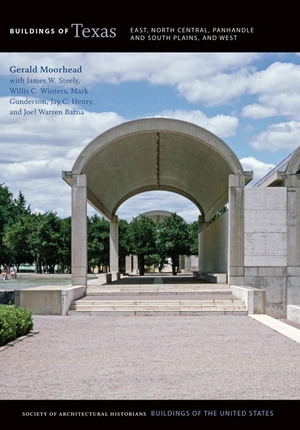
The hills and steep bluffs flanking the Canadian River provided valuable supplies of flint for tool manufacture to indigenous food gatherers from c. 9000 BCE and by the Plains Village cultures that inhabited the Panhandle between c. 1100 and c. 1500. Fragments of Alibates flint have been found three hundred miles away, indicating an extensive trade network among prehistoric peoples. The variously and brightly colored flints were extracted from quarries that are no more than seven feet deep and twenty-five feet wide. It is believed that drought and raids by advancing Apache groups drove out the Plains Villagers. The national park is a protected landscape, and tours are led by National Park Service Rangers through the park’s dramatic landscape. A visitors’ center provides information and exhibits. Extensive archaeological material on this culture is also preserved at the Panhandle-Plains Historical Museum (PH16) in Canyon.

